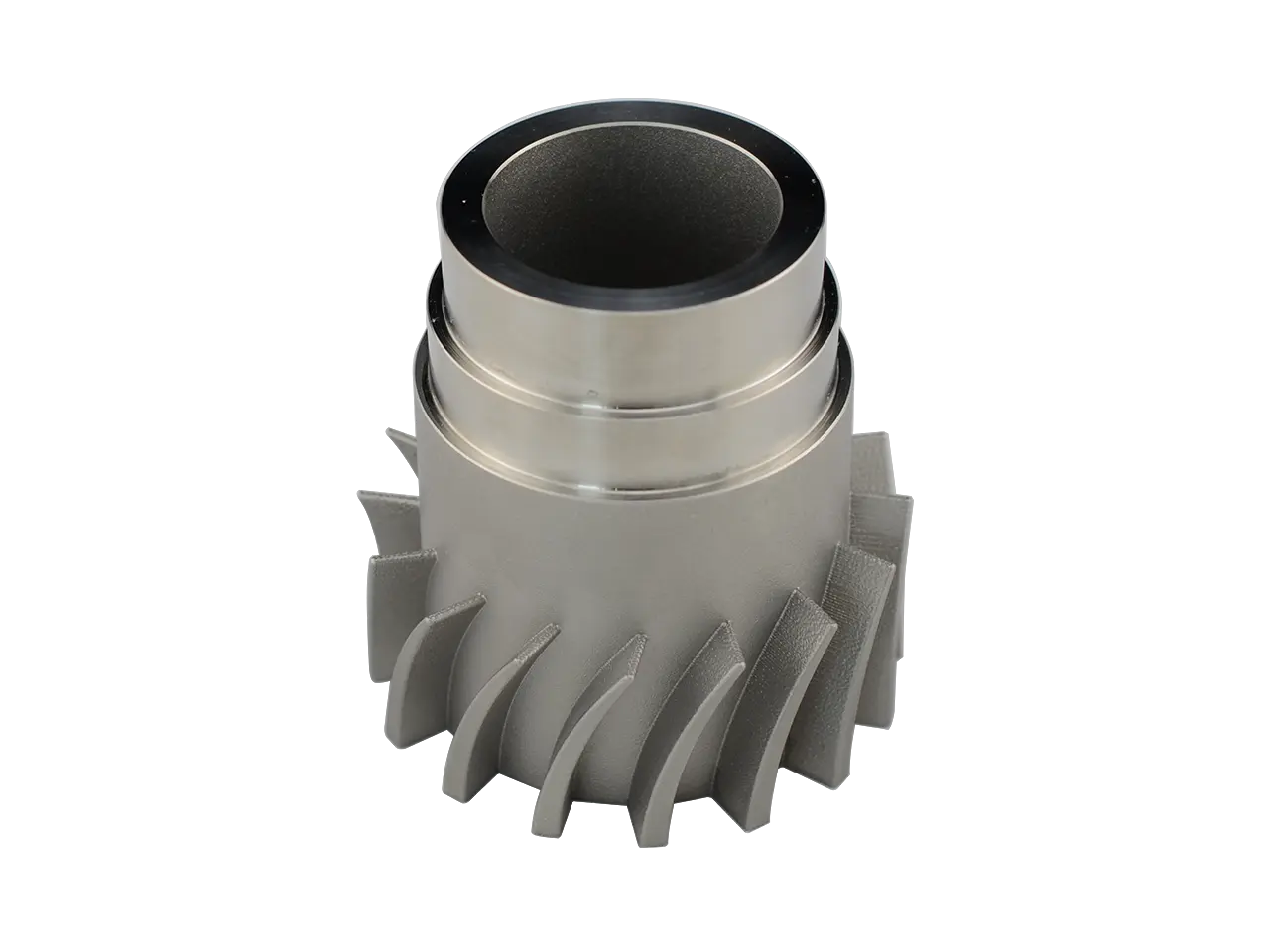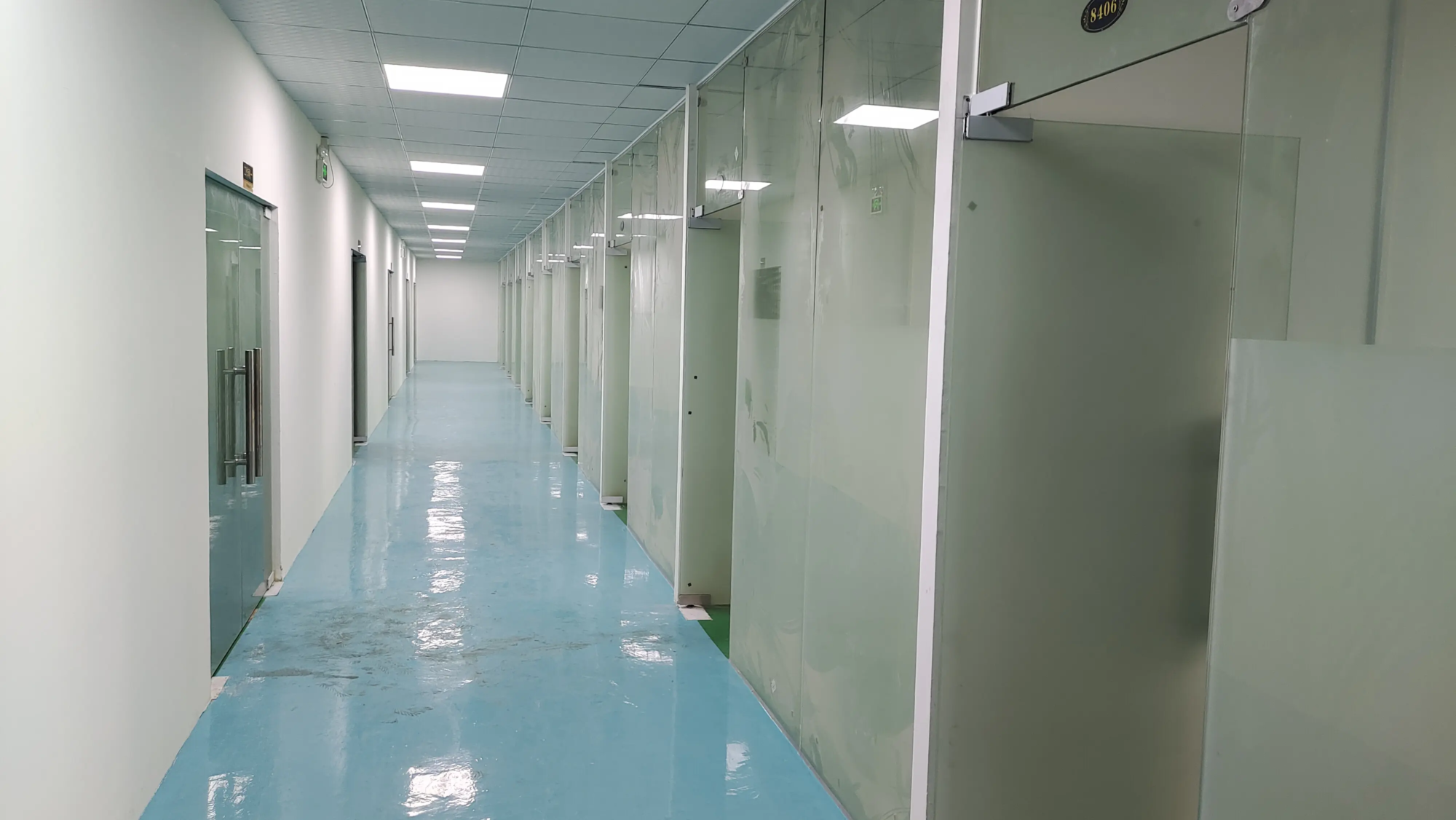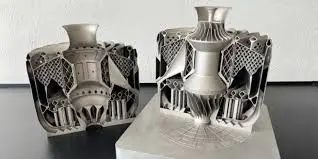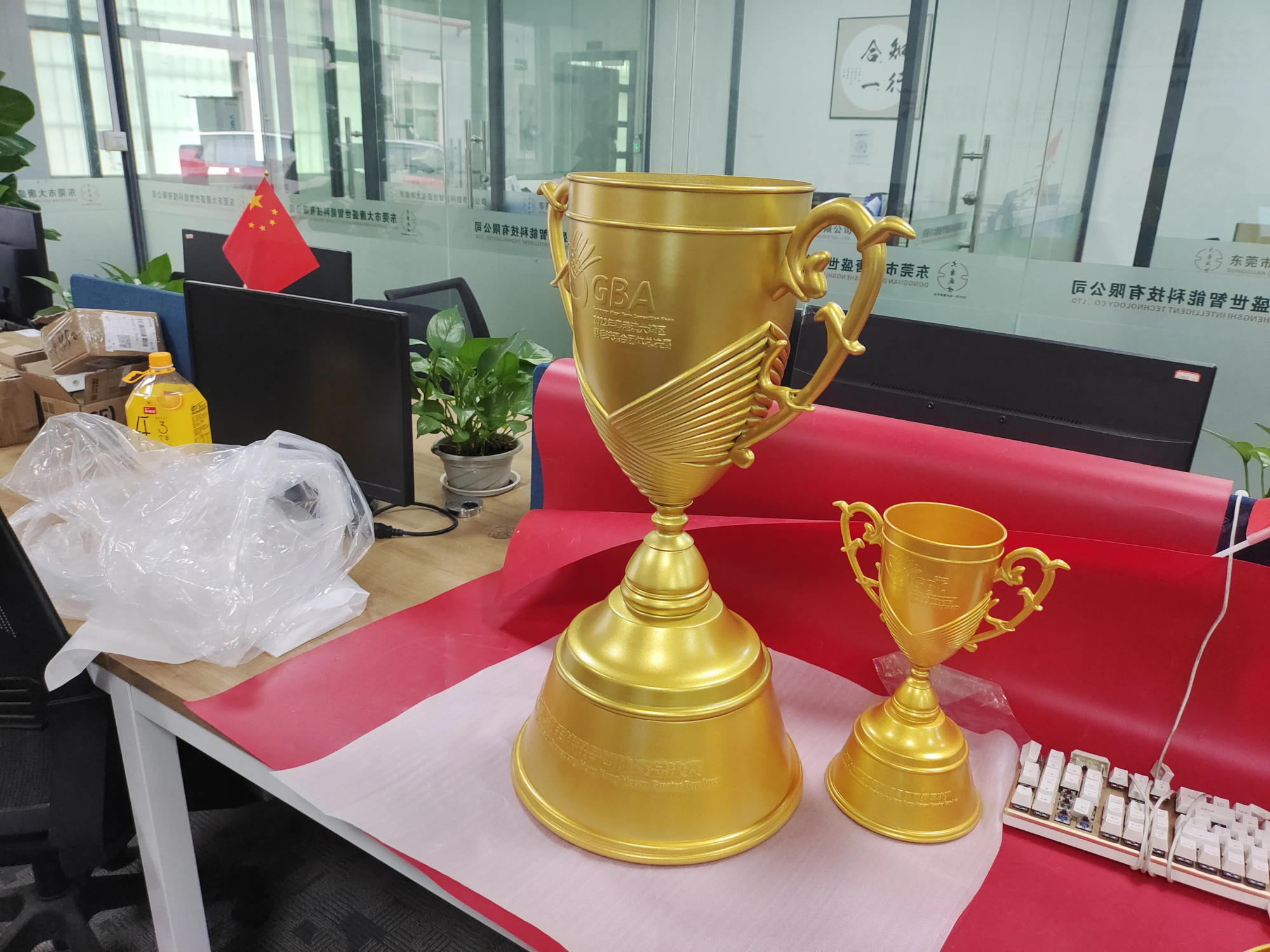introduce
The cluttered toolbox is a common sense of frustration for DIY enthusiasts and professionals. Wrenches scattered in drawers can cause time and frustration. Enter 3D Printed Wrench Bracket – A customizable, cost-effective solution that translates chaos into sequence. Creating a customized wrench organizer is easier than ever with accessible desktop 3D printing. This guide delves into, prints and optimizes your holders while exploring services like professional services Great Advanced metal 3D printing can be used to enhance your project with industrial-grade durability.
Why 3D Printed Wrench Holder?
Traditional organizers are limited by fixed size and fragile materials. A 3D printed version solves this problem in the following ways.
- custom made: Designed slots (SAE, metrics or both) for precise wrench sizes, including professional tools.
- Cost-efficiency: Print in reusable plastic compared to business organizers.
- Space optimization: The wall-mounted design saves drawer space, while the modular segments scale your collection.
- Sustainability: Repurpose remaining filaments and reduce dependence on mass-produced plastics.
Key points for successful design
1. Measure first:
- Record the width, thickness and length of each wrench. Add 1–2mm tolerances for easy insertion/removal.
- Group wrenches perform valid slot arrangements by size (e.g., ascending order).
2. Key Features:
- Inclined slots (10–15° inclined): Prevent the wrench from falling off.
- Reinforced walls: At least 3 mm thickness to achieve stiffness.
- Modular: Design interlock segments for expansion.
- Installation Options: Combine the holes of screws, magnets or adhesive strips.
3. Software Workflow:
- beginner: Use Tinkercad for drag-and-drop geometry.
- Advanced: Utilization of Fusion 360 for parameter design (can be adjusted via spreadsheet).
Plastic selection: PLA is user friendly; PETG or ABS provides higher heat/impact power for garage use.
Step-by-step printing guide
-
Slice cleverly:
- Layer height: 0.2mm to get details; speed 0.3mm.
- filling: 25–30% (hexagon mode of intensity).
- support: Enable drape > 45°.
-
Print settings:
- nozzle: 210–220°C (PLA), 240–260°C (PETG).
- bed: 60°C (PLA), 80°C (PETG), with adhesive (hair spray or glue stick).
- speed: Stability of 50–60 mm/s.
- Post-processing:
- Use pliers to gently remove the support.
- Sand edge; use epoxy to enhance stress points.
- Optional: paint coated with color-coded acrylic.
When DIY meets professional 3D printing
For high flow workshops or industrial environments, plastic holders may lack lifespan. This is GreatExcellent professional service. As a leading rapid prototyping manufacturer, Greatlight offers:
- Metal 3D printing: Using selective laser melting (SLM) technology, they produce wrench brackets from stainless steel, aluminum or titanium, and the plastic has 5 times durability.
- Design optimization: Their engineers optimize your model to improve metal compatibility and minimize the strength of strength.
- One-stop organization: From sandblasting to anti-corrosion coatings, they handle post-processing for professional appearance.
Perfect for mechanics or manufacturers, it is a metal holder of Greatlight tangings Drops, chemicals and a large number of daily use printed metals without the cost of tooling.
in conclusion
DIY 3D printed wrench stand simplifies your workspace with personalized accuracy, reducing chaos and time savings. Desktop printing can be iterated quickly, while professional services are like Great Bridging gaps to industrial-grade solutions. Whether you choose plastic for home use or for metals that are professionally demanded, 3D printing turns chaos into orderly efficiency. Start designing today – your toolbox will thank you!
FAQ
Q1: What if I don’t own a 3D printer?
A: Order your design using an online printing service (e.g., CraftCloud, Predstock). For metal version, upload your file to GreatA platform for instant citation and production.
Q2: How much weight can a plastic wrench bracket support?
A: Well-designed PLA/PETG holders can hold 2–3kg when they are wall-mounted. For heavier kits, use PETG with 40% filler or choose metal.
Question 3: Can I design a bracket with an adjustable wrench?
Answer: Yes! Create wider slots with deeper bases to accommodate bulky heads. Modular design is best suited for irregular shapes.
Q4: Why choose metal 3D printing for this project?
A: Metal holders resist deformation, chemicals (e.g., oils, solvents) and high impact – are crucial to professional workshops. GreatSLM printing ensures accuracy at competitive prototype prices.
Q5: How to recycle damaged plastic holders?
A: Throw the failed print into the pellets, recycle (using a filament extruder), or send it to professional facilities such as Terracycle.
Question 6: Can Greatlight modify my metal printing design?
Answer: Absolute. Their team adjusts wall thickness, optimizes support, and reduces material use while maintaining structural integrity. Upload your design to Greatlight.com Free comments.
Transform chaos into precision– Whether printing at home or working with experts. For professional-grade wrench holders, Contact Greglight Today, explore rapid prototype solutions that last a lifetime.





